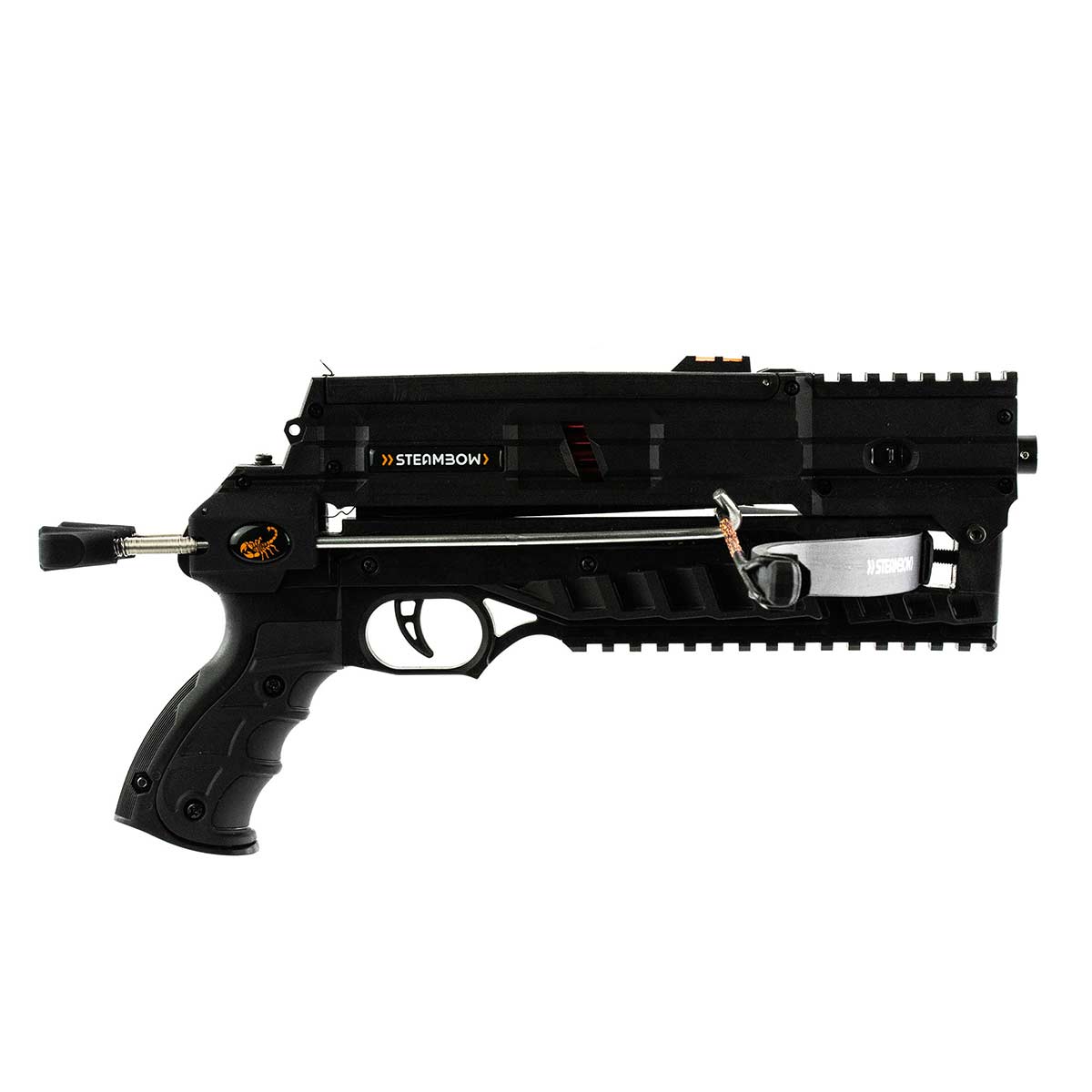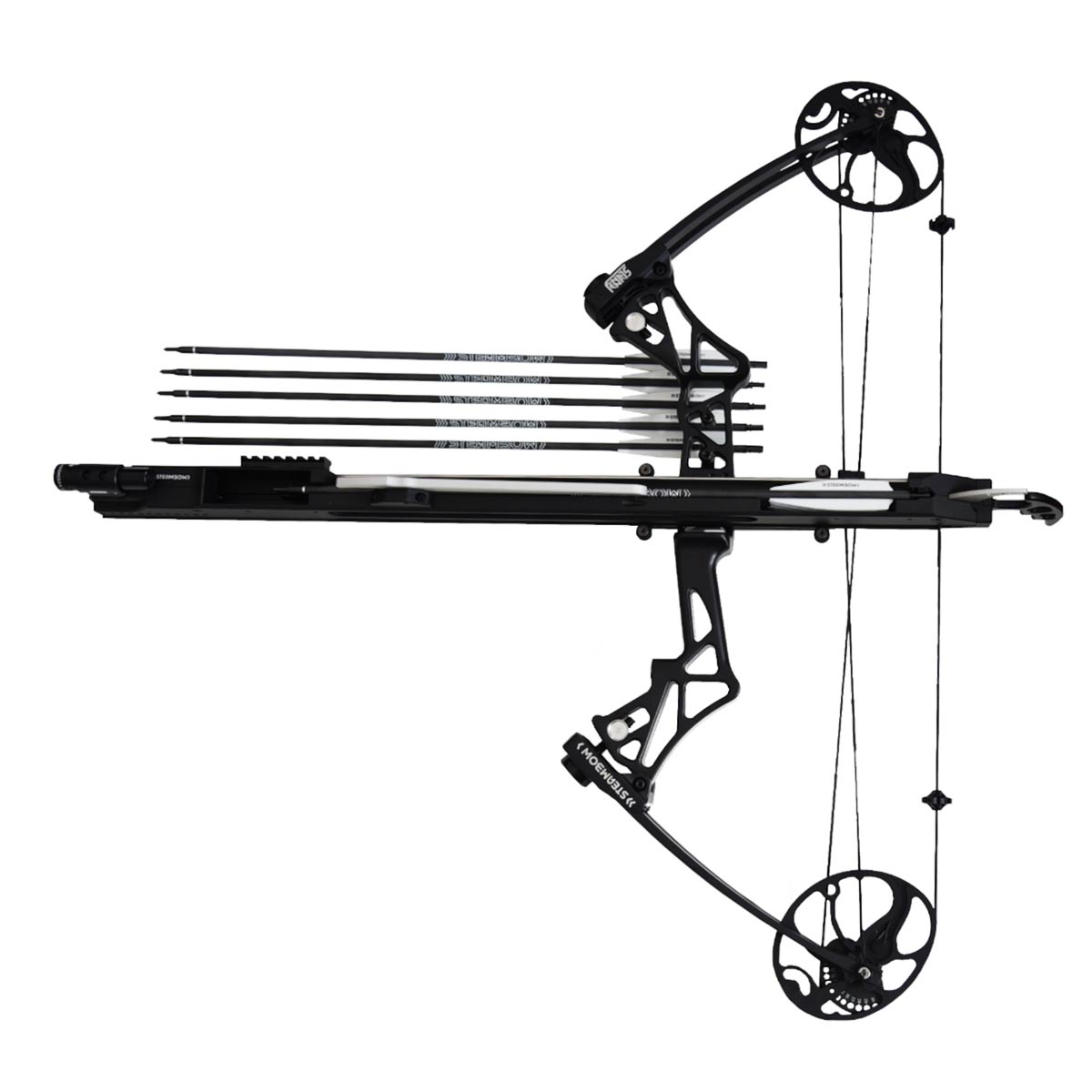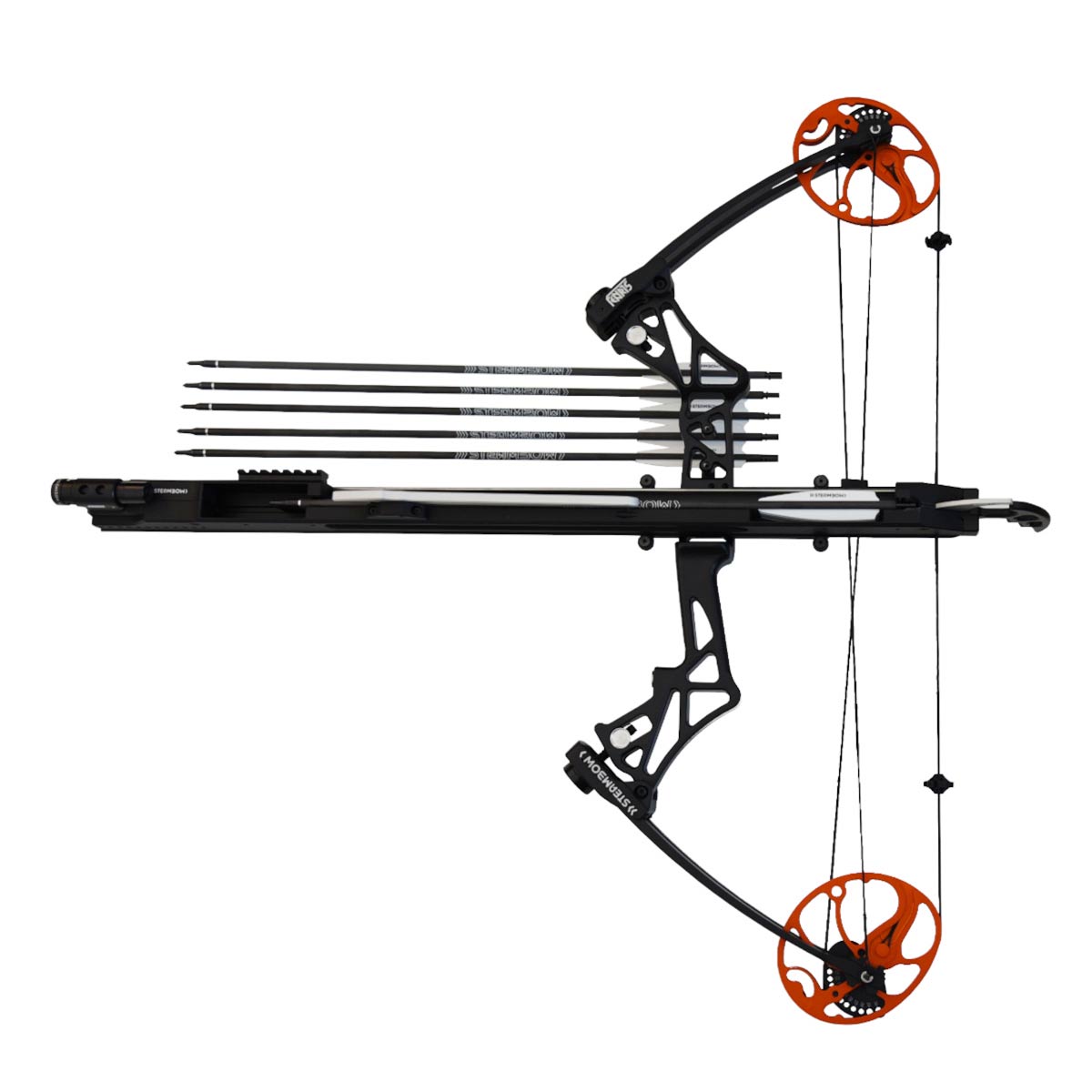To the uninitiated it may not be apparent but, for those in the archery scene, it is no secret that there is a degree of “us and them” between vertical bow archers and crossbow shooters. This is despite the fact both operate devices designed to launch arrows using compressed limbs as the energy source.
This blog is not here to reverse views. Opinions are, after all, something we are all entitled to. But it is here to perhaps highlight some flaws in the logic. If that helps turn some of the “us and them” into “us”, all the better.
The reasons for this enmity (for want of a better word) can be loosely grouped under three topical areas: “Archery, the art form,” Hunting, and Safety. Let’s look at these in turn.
Archer or Crossbow Shooter?
It’s absolutely the case that archery is an old discipline, an Olympic sport, as well as pretty socially accepted. Crossbows are newer, not as common in competitions, and do carry a certain reputation, largely perpetuated by the media, rather than facts.
As it happens, crossbows have been on the scene for many centuries, too (a little over 2,500 years, in fact). Just not quite as old as the vertical bow. In relative terms, the age difference no longer matters, but some archers put a lot of importance on theirs being an ancient skill. This is made stronger because crossbows, as a modern hobby, have only been circulating over the last 50 years or so.
So there is a sense of the very, very old bow and the more modern crossbow even if, historically, the difference in age is now arbitrary.
One outcome is that some in the archery world feel crossbows have no place in it, as a very common decree proves that crossbows are forbidden in many archery clubs. Admittedly, this can be down to preserving targets from more powerful impacts, but clubs could use poundage limits instead, and a full-power compound bow can easily generate 115 joules of kinetic energy to a typical hunting crossbow’s approximate 130 joules. So, the energy levels are not so very different.
It’s not all one way, with some crossbow shooters labeling all archers as snobbish when most are not, but that’s probably an unavoidable result of the “newer discipline” yet to be accepted.
The truth is both disciplines require skill and dedication, and the fact one may typically require more should not be a barrier to finding the common ground.
Hunting
This is predominantly a North American challenge as one of the few places on the planet that allows crossbow hunting. This is less of a strictly emotional argument since hunting in the US is governed by seasons. Not climatic, per se, but rather tool-related.
There is typically the rifle season, the muzzle-loader rifle season, the bow season, and the crossbow season. Some areas allow crossbows a longer season. This is possibly because, for many, crossbows are an alternative to archery for those with disabilities or injuries, such as veterans.
Hunting rules vary quite a bit from state to state in the US, but there are some areas where crossbows can also be used during archery season, for example. In those locations, vertical bow hunters may feel disadvantaged, which, with a lot of competition for units, tags, and game, is understandable.
Added to that is the fact some crossbows do offer range and accuracy advantages over bows for two people of the same respective skill levels. So again, the issue of a lack of equity comes into it. Having said that, no one is stopping anyone shooting verticals from taking up crossbows to take advantage of their perceived benefits.
Safety
Some argue that the mechanical nature of a crossbow trigger makes them less safe, but by and large, these trigger designs are incredibly sturdy, and losing grip on a bow string or feathering a string release is just as likely. The only difference is the higher draw weights of some crossbows make any limb failure more dangerous. But again, this is not some regular occurrence, so the concern is far more theoretical than realistic.
You can also cock a crossbow and walk away, and it will remain cocked, something you cannot do with a vertical bow where muscle tension is needed to keep the bow in a ready-to-fire state. But good practice and sticking to safety guidelines dictate that you don’t leave a cocked crossbow unsupervised. That’s a discipline and responsibility issue rather than a platform issue.
And the perception that one is safer than the other brings us to a final point.
Differences that don’t really exist
There is one underlying view that really should go the way of the dodo. It’s a dogma that is plain dangerous. Although not shouted from the rooftops, there is a general perception that crossbows are weapons and vertical bows are sporting apparatus. This is not the case. They are both sporting apparatus.
As a company in relatively close contact with its customer base, we see an increasing trend in how our repeating AR-Series crossbows are being used. Impromptu matches between friends, backyard Olympics, etc. Is it so hard to imagine crossbows in a broader, mainstream competitive context, rather than only ever waiting, poised, in a tree stand in a Pennsylvanian woodland?
Vertical bows and crossbows are also both weapons. Not in terms of their primary uses as hobbies and sports but simply because both are entirely capable of causing grievous injury. Neither is exempt from the respect a potentially dangerous object deserves. The sooner everyone recognizes this, the better it will be.
So, the next time you meet an archer or a crossbow shooter, remember you have far more in common than sets you apart: you can shoot and enjoy the sport safely, responsibly together.






